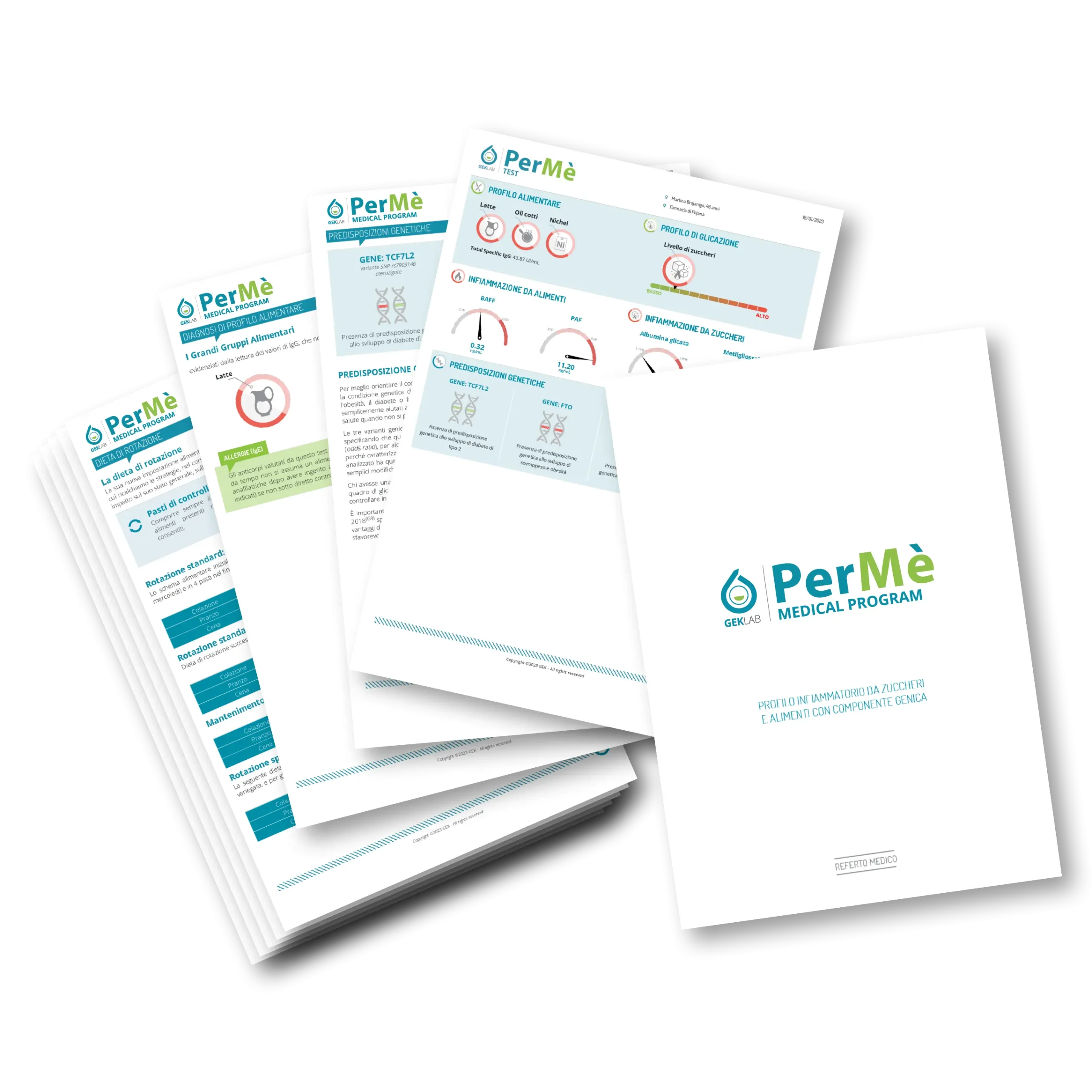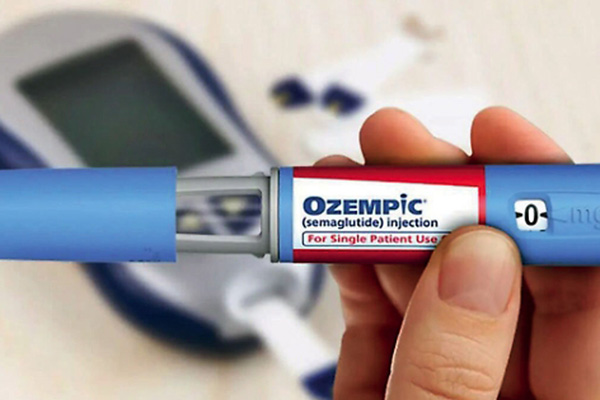How to get back in shape quickly (starting with breakfast)

After a period of inactivity, getting back in shape can seem like a daunting challenge—especially if, in addition to a sedentary lifestyle, you’ve been seeking comfort in food, particularly sugary items, sweets, alcohol, and large amounts of carbohydrates.
However, with the right strategies and a bit of willpower, it’s possible to achieve significant results in a short time. In this article, we’ll explore some effective strategies to get back in shape quickly, reduce inflammation, and improve overall well-being.
Nutrition plays a key role in getting back in shape. Following a balanced diet—pairing proteins and carbohydrates in every meal and choosing whole grains—helps control blood sugar spikes and reduces the amount of insulin released in response to those spikes.
To start a day with food that is both satisfying and doesn’t lead to weight gain, it’s essential not only to eat breakfast—but to eat it right. Protein, healthy fats, whole-grain carbohydrates, and vegetables should always be included.
Getting Back in Shape Starting with Breakfast
To start a day with food that is both satisfying and doesn’t lead to weight gain, it’s essential not only to have breakfast—but to have it properly. Protein, healthy fats, whole-grain carbohydrates, and vegetables should always be part of the meal.
Planning your breakfast the night before and setting aside the time to enjoy it mindfully helps you start the day on the right foot, with more energy and fewer hunger or mood crashes throughout the day.
For example, a breakfast of toasted rye bread with avocado, salmon, eggs, cherry tomatoes, blueberries, and a good coffee provides the right fuel to not only overcome mid-morning cravings but also resist afternoon temptations like sweets, ice cream, and sugary drinks.
When reflecting on the many failures of restrictive diets focused solely on calorie control, it becomes clear that “a calorie is no longer just a calorie,” and that a “tailored” approach to eating requires personalization based on individual factors.
Proper hydration is also key to getting back in shape. Water is essential for keeping the body hydrated and supporting physiological processes. Drinking enough helps boost metabolism, eliminate waste, and reduce inflammation. It’s recommended to drink at least 8 glasses of water a day to stay hydrated and support overall fitness.
Gradually Returning to Physical Activity
Sometimes, getting back in shape only requires a few simple changes. To avoid the risk of injury or excessive fatigue—which can quickly derail even our best intentions—it’s better to start with low-intensity exercise, such as light jogging or brisk walking. Just 15–30 minutes a day are enough to boost metabolism, improve endurance, and have a positive impact on mood and energy levels.
Making Rest a Priority
During the process of getting back in shape, it’s important to give your body time to rest and recover. Proper rest and a good night’s sleep are essential for muscle recovery, stress reduction, and hormonal balance. Make sure to get at least 7–8 hours of quality sleep each night.
When it comes to getting back in shape, we’re not all the same.
In addition, adopting a personalized nutritional approach that takes into account factors such as your level of inflammation, individual sensitivity to sugars, genetic predisposition, and the composition of your meals can be the key to truly getting back to feeling good about yourself—without the need to “count calories.”
The BAFF (B cell Activating Factor), an inflammatory molecule measured in the PerMè Medical Program, if present in the body at high concentrations, can unfortunately hinder weight loss. Understanding the cause of difficulty in losing weight and having personalized guidance based on individual inflammatory responses, as indicated in the PerMè Medical Program report, can be the winning strategy to get back in shape quickly while simultaneously boosting your immune system, even after a period of inactivity.
Edited by The Scientific Editorial Team GEK Lab










